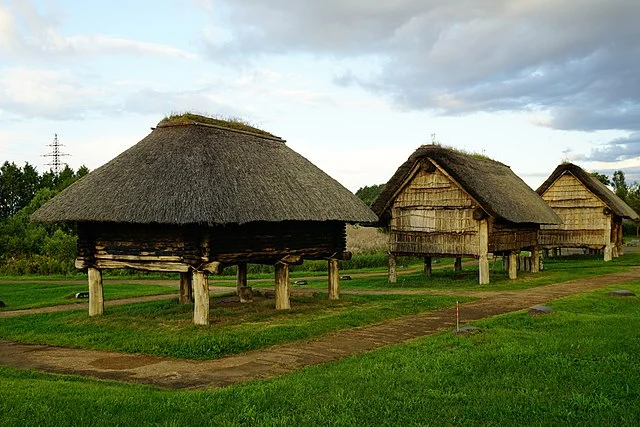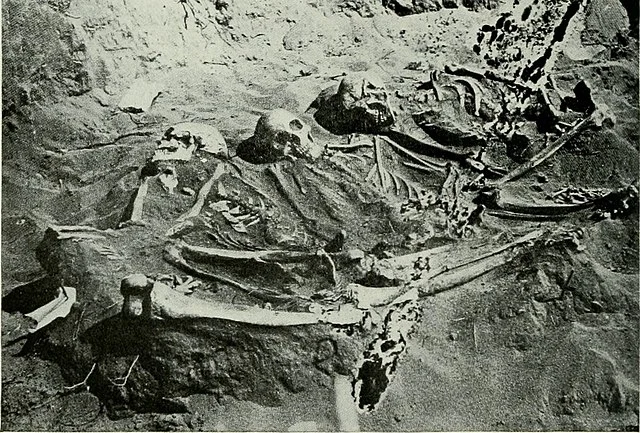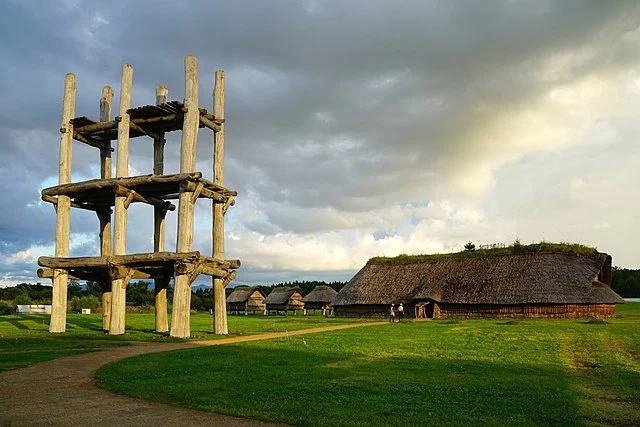The Sannai-Maruyama site, located in Aomori Prefecture, Japan, is one of the most important archaeological discoveries of the Jomon period. It provides invaluable insights into the life and culture of people in prehistoric Japan. This site, dating from around 3900 BC to 2300 BC, offers a window into a time when humans were transitioning from hunter-gatherer societies to more settled communities.
Get your dose of History via Email
Discovery and Excavation

The Sannai-Maruyama site was first discovered in 1992 during construction work for a baseball stadium. The discovery led to a large-scale excavation that uncovered one of the largest known Jomon period settlements in Japan. Archaeologists have unearthed a wide variety of artifacts, including pottery, tools, and the remains of buildings. These findings have significantly expanded our understanding of the Jomon period.
Structures and Artifacts

The site is notable for its well-preserved structures, including pit dwellings, storage pits, and a large central building. The central building is particularly significant, as it measures around 32 meters in length and 8 meters in width. This large structure suggests a complex society with organized social activities.
Another important discovery at the Sannai-Maruyama site is the presence of longhouses. These large, elongated buildings indicate that people may have lived in larger groups than previously thought. The presence of storage pits also suggests that the people at Sannai-Maruyama were engaged in some form of agriculture, storing food for later use.
Artifacts found at the site include pottery, stone tools, and ornaments made from shell, bone, and jade. These artifacts provide valuable information about the daily life, trade, and social structure of the Jomon people. For example, the pottery found at Sannai-Maruyama is distinctive for its elaborate designs, which indicate a highly developed artistic culture.
Social and Economic Life
The discoveries at Sannai-Maruyama indicate a complex society with a relatively high degree of social organization. The large central building and longhouses suggest that people lived in extended family groups or clans. The presence of storage pits indicates that the community engaged in some form of agriculture, possibly cultivating nuts, fruits, and other plants.
Trade also played a role in the economy of Sannai-Maruyama. Artifacts made from materials not native to the area, such as jade and obsidian, suggest that the people of Sannai-Maruyama were involved in long-distance trade with other communities. This trade would have been vital for obtaining resources that were not available locally.
Burial Practices and Beliefs

The burial practices at Sannai-Maruyama provide insights into the beliefs and social structure of the Jomon people. Archaeologists have found burial pits at the site, some of which contain multiple individuals. The inclusion of grave goods, such as pottery and tools, suggests a belief in an afterlife where these items would be useful.
The arrangement of the burials, with some individuals receiving more elaborate goods than others, indicates a stratified society with differing levels of social status. This social stratification is further supported by the presence of large, communal buildings, which would have required coordinated effort and leadership to construct.
Environmental and Climatic Conditions
The Sannai-Maruyama site is also significant for what it reveals about the environment and climate during the Jomon period. Pollen analysis and other environmental studies suggest that the area was covered by mixed forests of deciduous and evergreen trees. The climate was warmer and wetter than today, which would have supported a rich variety of plant and animal life.
The abundance of food resources likely contributed to the development of a more settled way of life at Sannai-Maruyama. The people of this period exploited a wide range of resources, including nuts, fruits, fish, and game. This diverse diet would have supported a relatively large and stable population.
Conclusion
The Sannai-Maruyama site is a critical archaeological discovery that has greatly enhanced our understanding of the Jomon period in Japan. The well-preserved structures, artifacts, and burial practices uncovered at the site provide invaluable insights into the social, economic, and cultural life of the Jomon people. The site offers a rare glimpse into a time when humans were beginning to transition from a nomadic lifestyle to more settled communities. Through continued study and preservation, the Sannai-Maruyama site will remain an important source of knowledge for future generations.
Source:

